

Blog

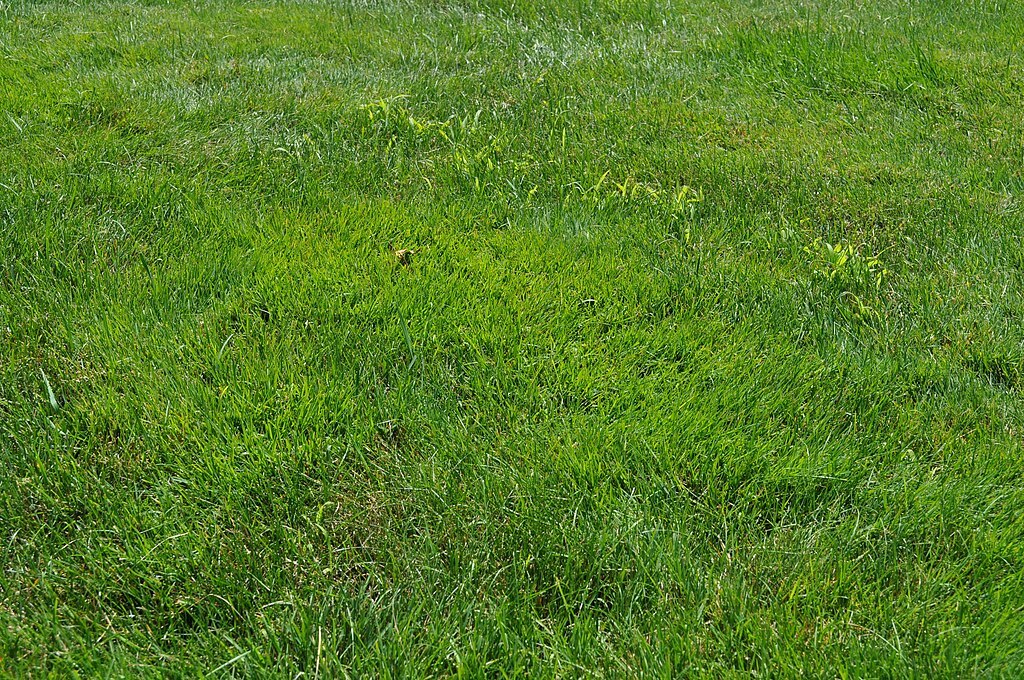
Everything You Need to Know About Annual Bluegrass

~4 mins
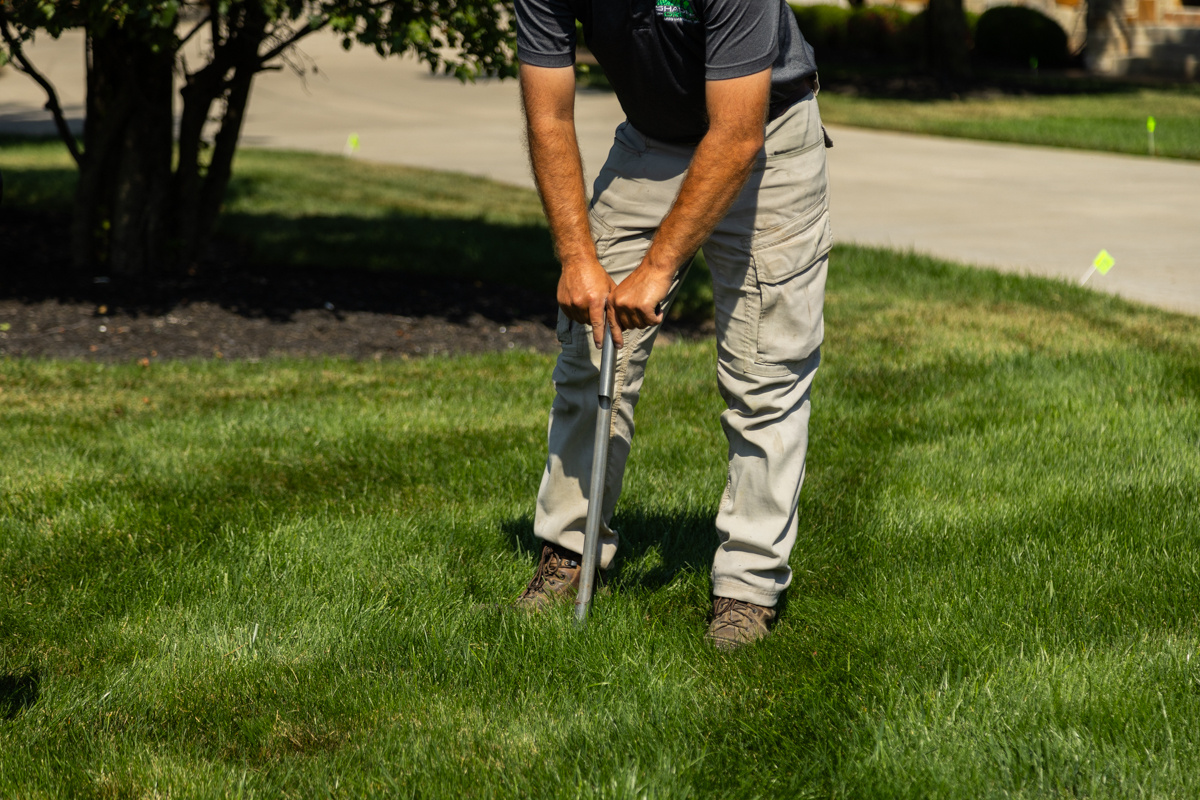
The Importance of Soil Health and the Real Reason Your Lawn Struggles

~4 mins
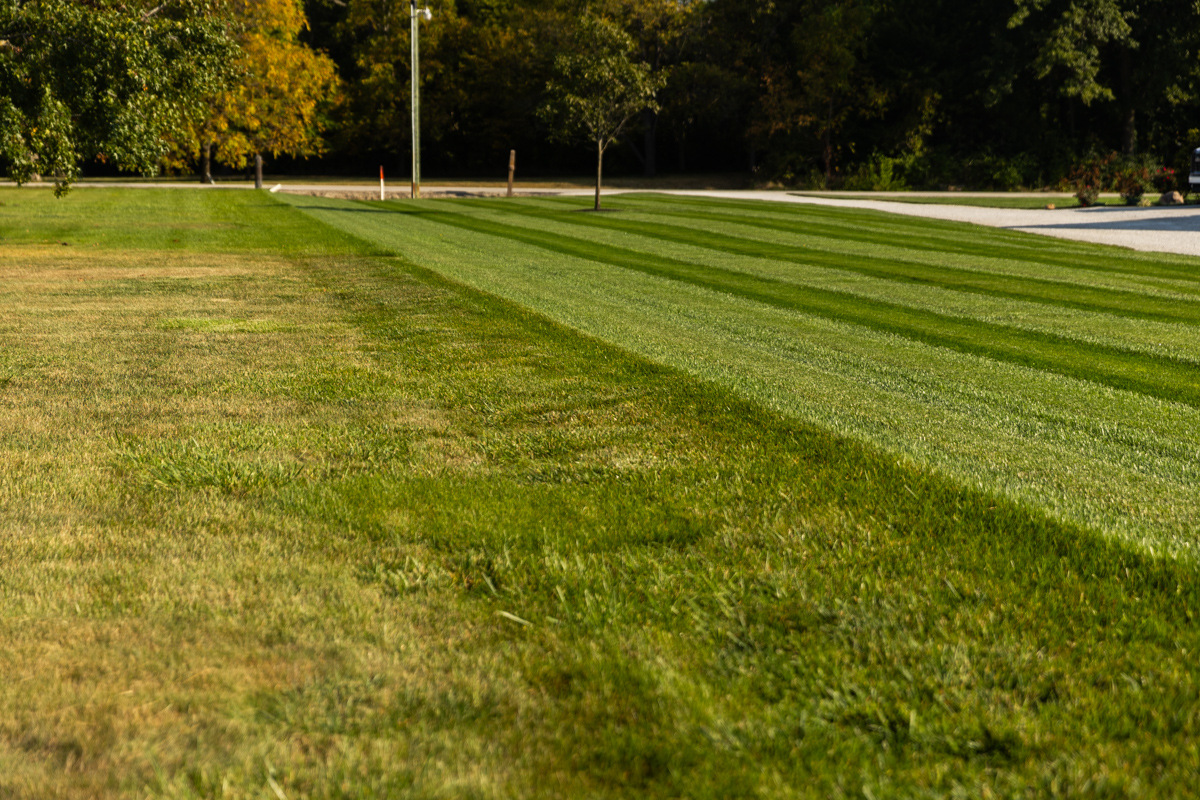
How to Prepare Your Indiana Lawn for Winter

~4 mins

What Happens If I Don’t Rake Up the Leaves in My Yard?

~3 mins
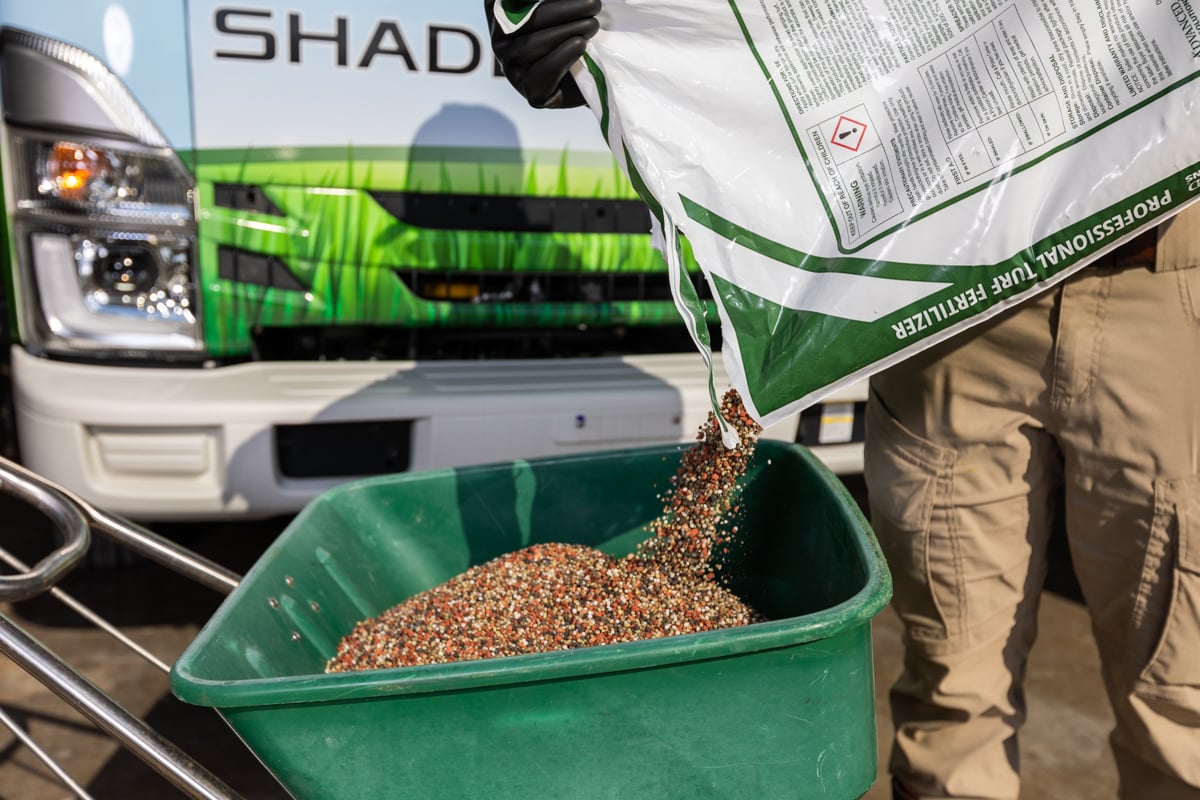
What is Winterizer Fertilizer and is it Necessary for Indiana Lawns?

~4 mins

How to Know it’s Time for a New Lawn Care Service in Indiana

~3 mins
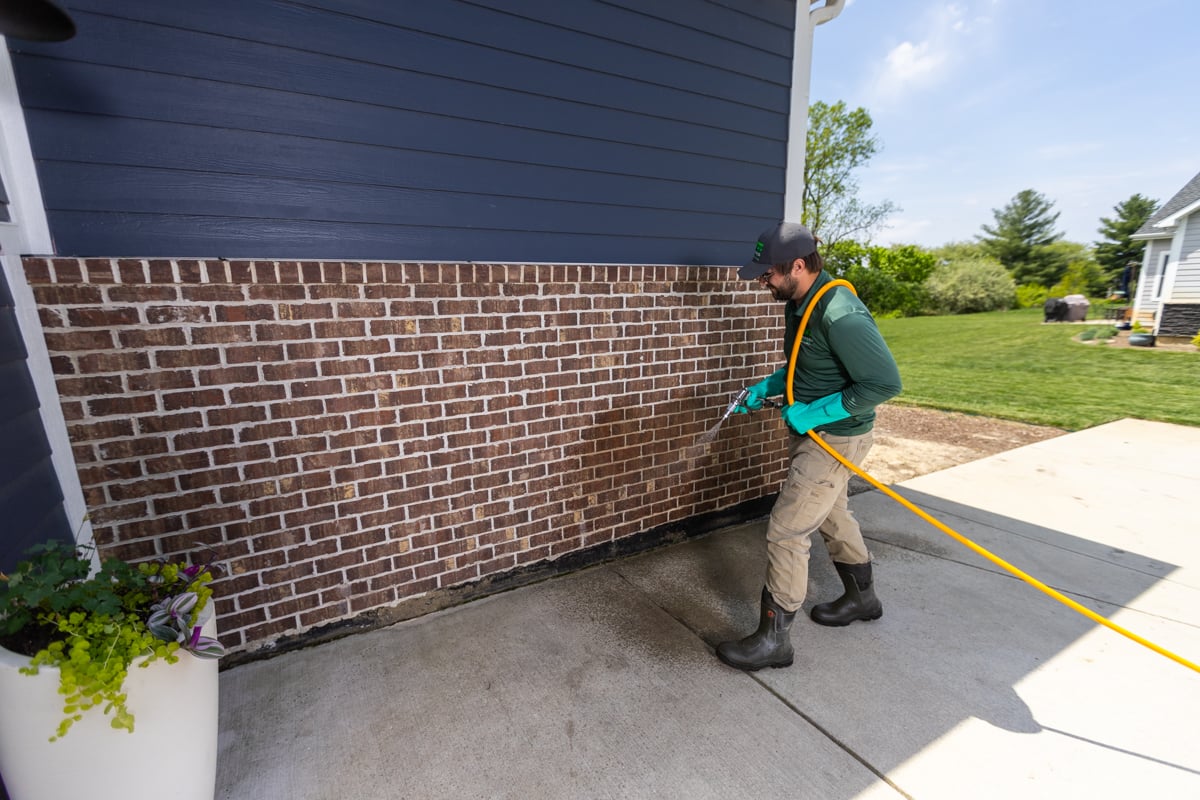
What is Perimeter Pest Control and Why Does Your Home Need It?

~2 mins

Before and After: 6 Lawn Aeration and Overseeding Care Tips

~4 mins
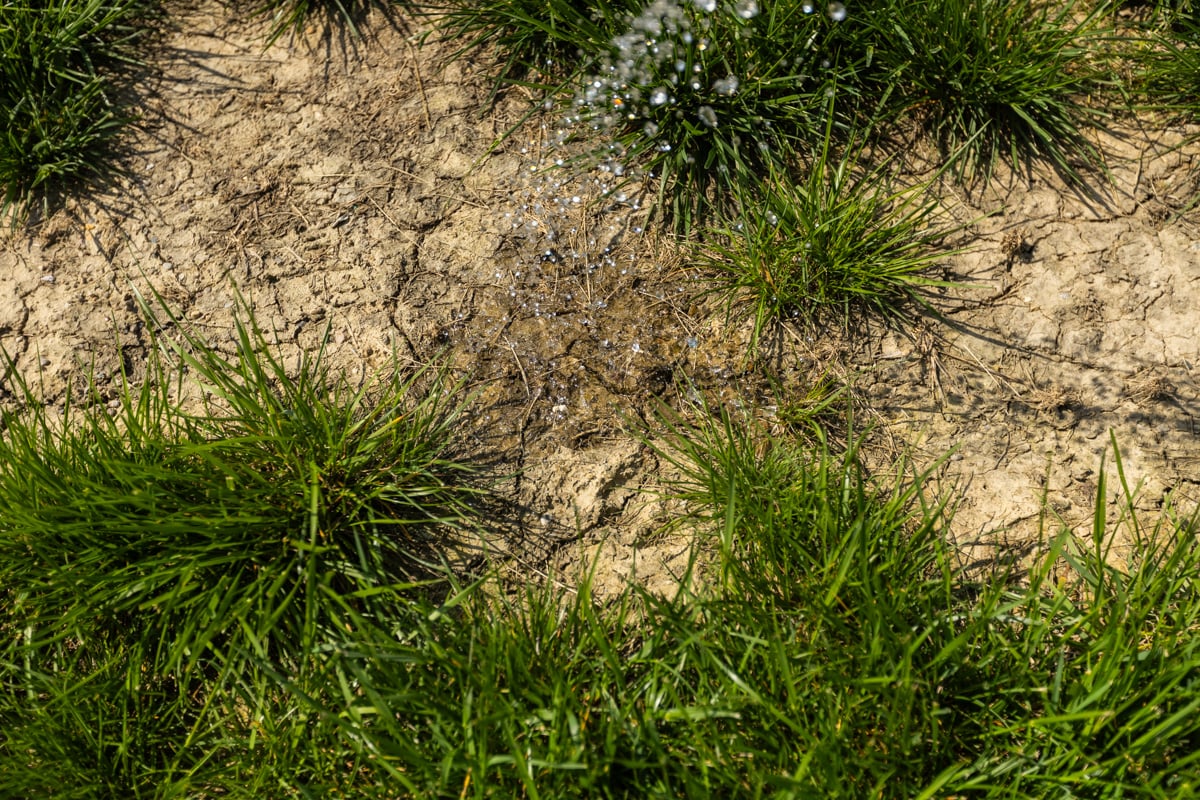
How to Repair Bare Spots in Your Indiana Lawn

~3 mins